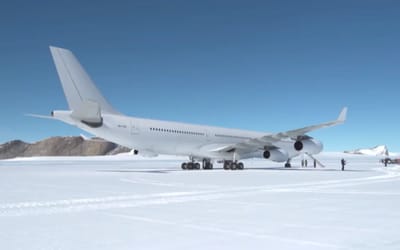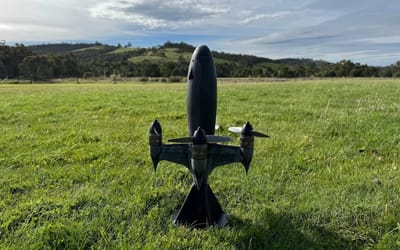UK flying robot just mapped part of Antarctica scientists couldn’t reach before
Published on Aug 09, 2025 at 4:03 AM (UTC+4)
by Molly Davidson
Last updated on Aug 06, 2025 at 8:40 PM (UTC+4)
Edited by
Kate Bain
A flying robot just pulled off what human explorers couldn’t.
In one of the most remote corners of Antarctica, the UK-built drone slipped past the ice and wind to map terrain scientists had previously only dreamed of reaching.
And when it came back, it carried the kind of geological clues that could rewrite part of Earth’s story.
The flight marks a major leap forward for drone technology.
VISIT SBX CARS – View live supercar auctions powered by Supercar Blondie
The flying robot that went where humans couldn’t
The aircraft is called Windracers ULTRA, and it’s a heavy-lift autonomous drone built for jobs no human wants to sign up for.
The British Antarctic Survey sent it into remote parts of West Antarctica, areas that are extremely difficult and time-consuming for human teams to reach.
The mission was a breakthrough.
ULTRA returned with fresh photos and geological scans of areas never studied up close before.
The mission gave researchers new data to better understand how the Earth’s crust in this region formed and shifted over time.
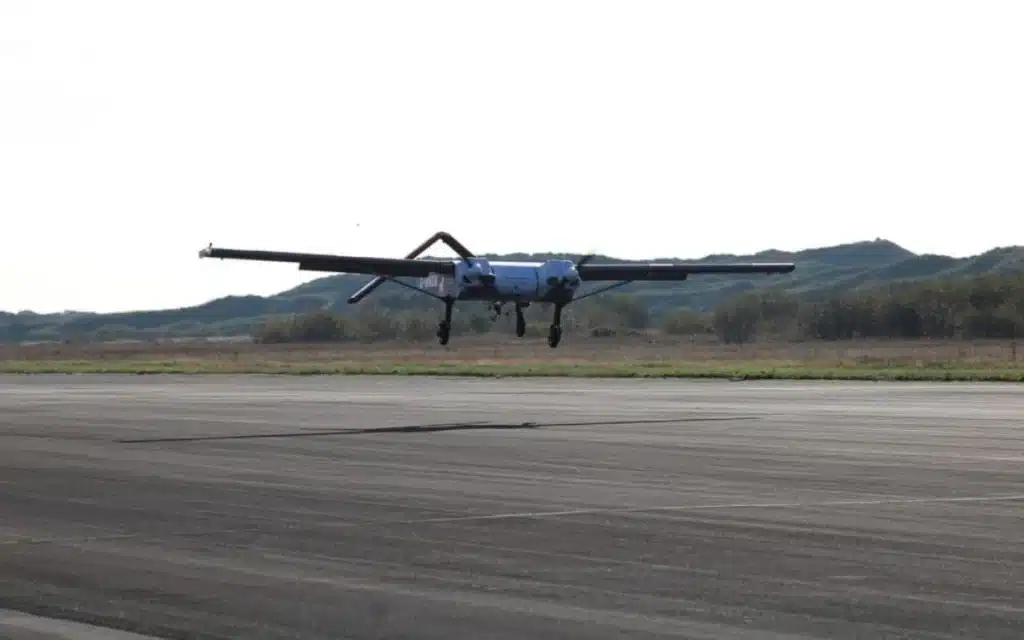
That data could change what we know about how the land here formed and shifted over millions of years.
ULTRA works because it doesn’t care about the weather or terrain. It can fly over 600mi, haul more than 300lbs of gear, and land itself on nothing but packed snow.
The team programmed its flight in Windracers Mission Control, nudged the path mid-air when needed, and let the drone take all the risk.
This Antarctic run proves that autonomous aircraft are changing the game for science, opening up places that were practically invisible to humans until now.
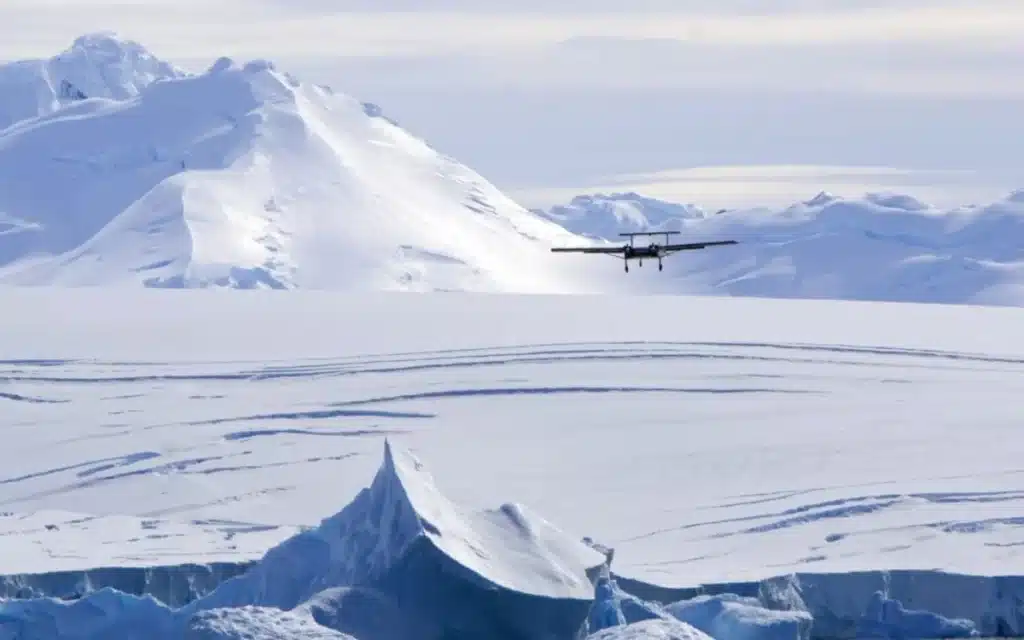
Flying robots are taking over more than Antarctica
ULTRA is part of a bigger trend.
Drones are moving beyond hobby use and reshaping the future of flight.
Some are built to impress, like Archer Aviation’s eVTOL air taxi, which recently flew in Abu Dhabi to prove it can handle extreme desert heat and dusty air.
Others are built to experiment, like the student-made hybrid drone that swims like a fish and flies like a falcon.
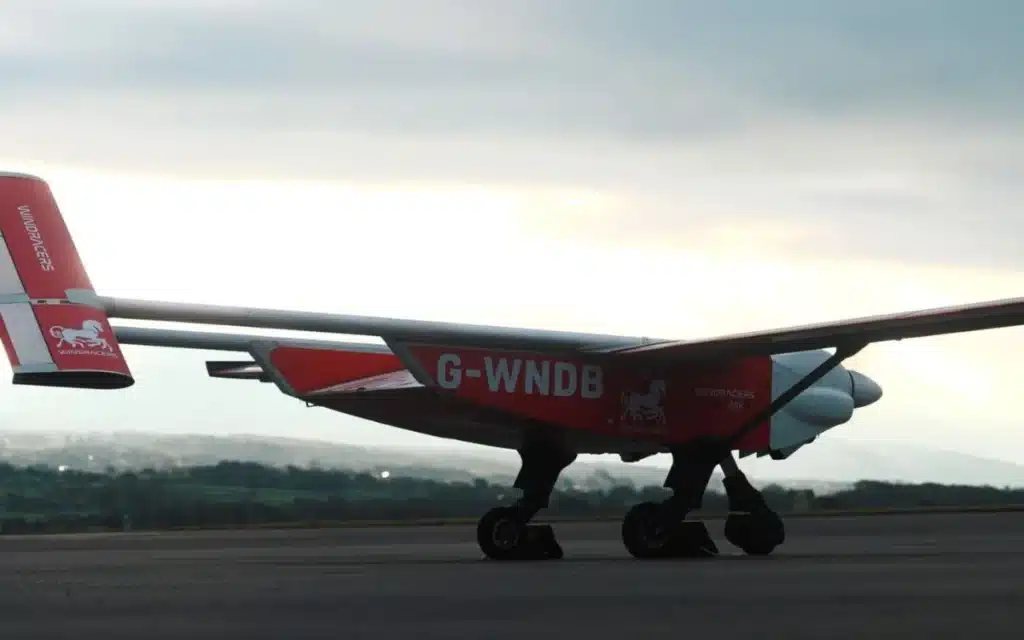
From icy poles to desert skies to university labs, flying robots are proving they can go where humans can’t… or really shouldn’t. And right now, Windracers ULTRA is leading that shift.
At the end of the day, one thing’s for sure: the robots are just getting started.
Click the star icon next to supercarblondie.com in Google Search to stay ahead of the curve on the latest and greatest supercars, hypercars, and ground-breaking technology.
DISCOVER SBX CARS: The global premium car auction platform powered by Supercar Blondie
Molly Davidson is a Junior Content Writer at Supercar Blondie. Based in Melbourne, she holds a double Bachelor’s degree in Arts/Law from Swinburne University and a Master’s of Writing and Publishing from RMIT. Molly has contributed to a range of magazines and journals, developing a strong interest in lifestyle and car news content. When she’s not writing, she’s spending quality time with her rescue English staffy, Boof.
